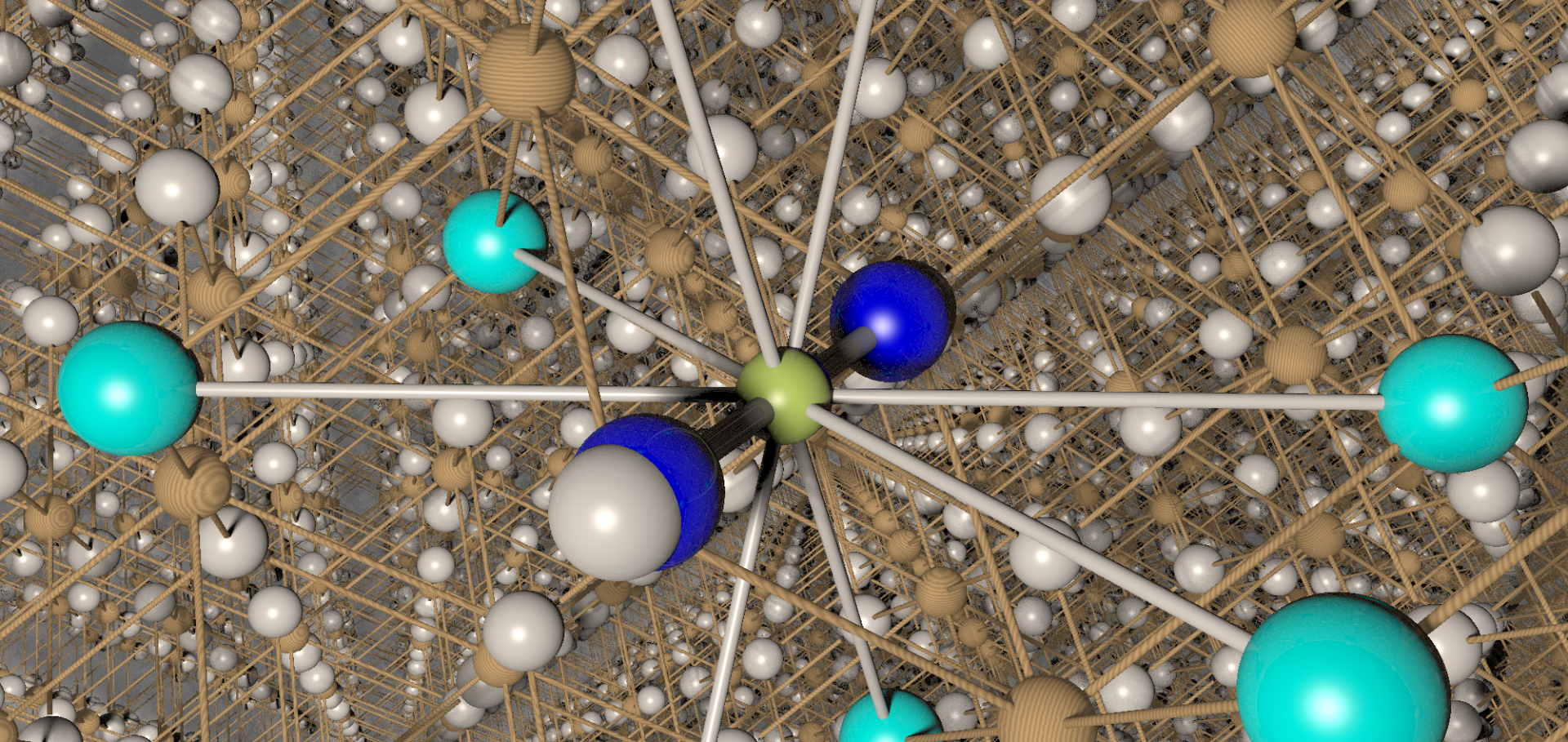Proceedings of the Tenth International Conference on Muon Spin Rotation, Relaxation and Resonance - Preface
PHYSICA B-CONDENSED MATTER 374 (2006) IX-X
[Cu(HF2)(pyz)2]BF4 (pyz = pyrazine): long-range magnetic ordering in a pseudo-cubic coordination polymer comprised of bridging HF2- and pyrazine ligands.
Chemical communications (Cambridge, England) (2006) 4894-4896
The effect of irradiation-induced disorder on the conductivity and critical temperature of the organic superconductor $\kappa$-(BEDT-TTF)$_2$Cu(SCN)$_2$
(2005)
Magnetism in organic diradical ion salts based on nitronyl nitroxide
POLYHEDRON 24:16-17 (2005) 2108-2111
Abstract:
Magnetism in organic diradical ion salts prepared from the diradicals, pyridine-2,6-diylbis(nitronyl nitroxide) [(2,6-PYBNN)(center dot center dot)] and phenol-2,4-diylbis(nitronyl nitroxide) [(2,4-POBNN)(center dot center dot)], were investigated by using SQUID magnetometers. The diradical cation salt (2,6-PYBNN)Cl--+(-) shows intramolecular ferromagnetic (FM) interaction with the exchange coupling constant J/k = +9.0 K and intermolecular antiferromagnetic (AFM) interaction with the Weiss constant theta = -0.75 K in the low temperature phase below 4.5 K. Although the intramolecular FM interaction is close to that observed in the neutral diradical 2,6-PYBNN.., the intermolecular AFM interaction is significantly reduced from J'/k = -57 K due probably to the increase of intermolecular distances by the incorporation of Cl- ions into the salt. We also present and discuss the magnetic behavior in the diradical cation salt (2,6-PYBNN)center dot center dot+BF4- and the diradical anion salt. (C4H9)(4)N+(2,4-POBNN)(center dot center dot-). (c) 2005 Elsevier Ltd. All rights reserved.Millimetre-wave studies on single crystals of the organic radical 2-benzimidazolyl nitronyl nitroxide
POLYHEDRON 24:16-17 (2005) 2360-2363


